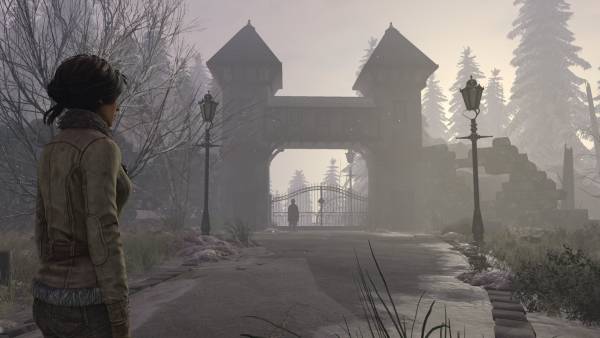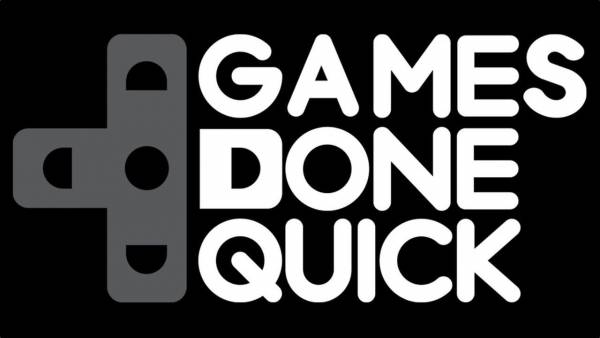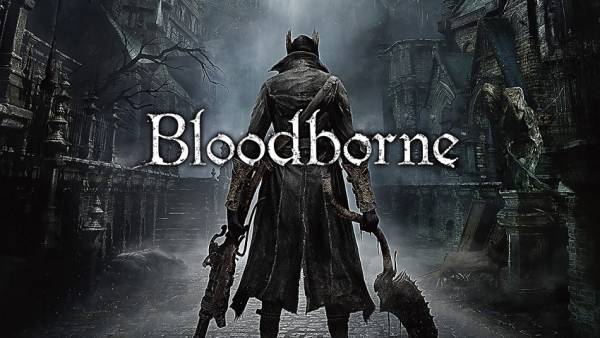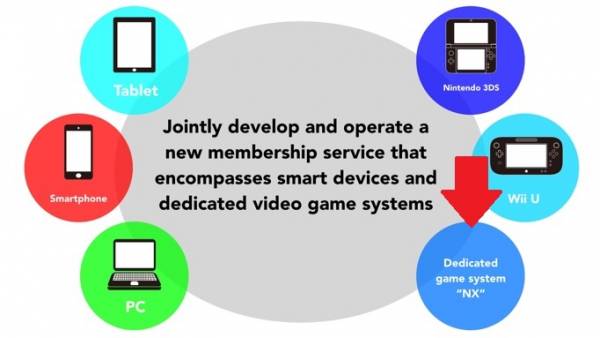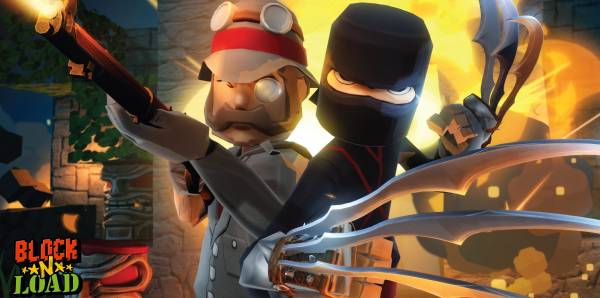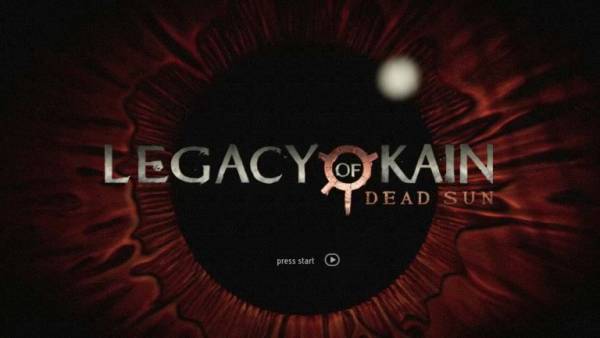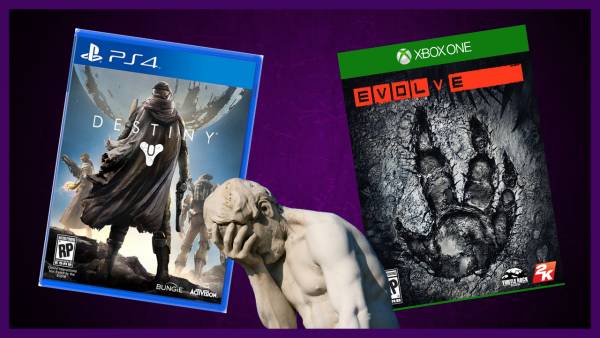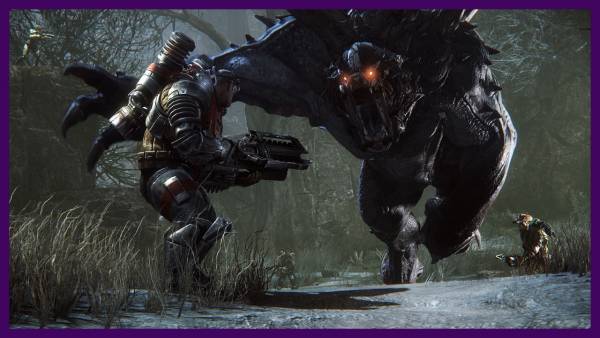Over the last few years, the notion of buying a game has changed. It used to be that if you wanted a game you would go to a store and pick it up knowing that the product you have bought would work. Whilst any bugs that did creep through could be game destroying, and potentially cost the company excessive amounts, there was still a level that most developers managed to maintain. These days however, that security seems to have vanished. As the indie generation continues to expand and allow more people to get into game development, it is fair to say that we are in an age of incomplete games.
If you are like me, you may have your fingers in many pies. I have bought a lot of early access games over the past few years, and though the majority have turned out as amazing titles, there is always that gamble that makes it a bit harder to just hand over your cash.

Minecraft is the perfect example of how early access games should work. When Minecraft first made its appearance, you could either buy an early alpha copy of the game for about a quarter of the final price, or play it for free on your browser. The free version obviously had a lot more limits and restrictions in place, and the world you built in was a shared one, so any creation was prone to excessive grieving. This worked to the favour of Mojang. Having a version of the game that was available to anyone worked as a great advert, and the fact that their creations could be destroyed worked like a sword to the back of a man walking the plank. The best part of it all though, was that Minecraft was a game that worked. There would be a few bugs here or there, but all in all you had a copy of a working game, and you knew it was only going to get better. You knew it because Mojang were always posting information, and pretty much every week or two you would find new content in your world. The open relationship between creator Markus ‘Notch’ Persson and the players made it easy to trust him and to feel that your money was well placed.
The opposite is possible too though. In late 2012 The War Z was offending many gamers worldwide. Not trying to disguise itself as anything other than a DayZ clone, War Z brought with it some heavy shackles that I still don’t believe they have managed to shake loose. War Z seemed incredibly promising at first glance. After a short video showing about 10 minutes of gameplay appeared, not long after an exciting screenshot had surfaced, War Z looked like it could be a solid contender for DayZ. Unfortunately, the developers Hammerpoint Interactive didn’t take well to critiques about the way the game was built, which was almost as a mod for the company’s other game, War Inc. After banning members on the forums and generally not letting anything negative about the game to be posted on their forums, an uproar of angry gamers rained down hell on Hammerpoint Interactive. However War Z still managed to get on to Steam’s Greenlight, and thus was sold to many Steam users. It’s a shame that at this hurdle they continued to stumble. After advertising features of War Z on their steam page that were yet to be implemented, a huge quantity of users ended up asking for their money back, and receiving it. The game was then forced to change its name, as it was too similar to the film featuring Brad Pitt, World War Z. Under the new name Infestation: Survivor Stories, it seems to have managed to escape any more press stopping controversies, but it will always be a game tarnished with a reputation that you would never choose.

If War Z had made it a bit more clear that the game was unfinished and that more features were to be implemented, I feel that it may not have taken such the beating that it did, as it still has a strong fan base, and continues on its path to completion. It is a perfect example of how early access games can go wrong, and a great reason to exercise caution with any future investments. And that is exactly what buying an early access game is, an investment. Crowdfunding is essentially the same as a friend asking for a loan. You don’t know if you will ever see that money again, and you certainly don’t know if your money is going to good use, but you go out on a limb and hope that your good deed will follow a karmic route back to you. And in many cases it does, sometimes (like in the case of Minecraft) you get the instant gratification of an unfinished game to play with.
So in these cases, it has been totally acceptable to get an unfinished product, after all it is what we paid for and it is all we can expect. However, it is hard to say that it is okay for the big time AAA title producers and developers to release an unfinished game. Any one into their modern FPS 64 player online war games will know instantly what I am referring to. DICE and EA dropped the ball a few months ago when Battlefield 4 was released. Among many glitches and bugs within the multiplayer, there were issues of not being able to save your campaign progress when playing the single player section. The resulting opinion from many consumers following this, was not a positive one. Many customers returned their copies, seeking refunds. Had this have happened 10 years ago, before the age of digital updates, this flop could have seriously damaged the company. It is only due to the fact that they could fix the issues remotely that they got off so lightly. The worry is that other companies will continue to make compromises to get their product out before the competition.

So is the early access trend a bad thing? I personally wouldn’t say so. Though it can create a lot of controversy, it allows for a wide range of alpha and beta testing, leading on to making a better game. Crowd funding is allowing many developers the creative freedom they just wouldn’t get from working with publishers. It encourages developers to identify missing gaps in the market and to fill those gaps with products that fit. On top of that, it creates a link between the players and the developers, allowing for consumers to help shape the game itself. The key to choosing which games to back is choosing ones with a proof of concept. A short, in game video showcasing the game mechanics, or a fully playable release of the games latest version is often the best thing you could hope for when funding an indie game. This way you know that you are at the very least going to get something from it.
What are your thoughts on the subject? Have you bought any early access games and found them to be disappointing?
